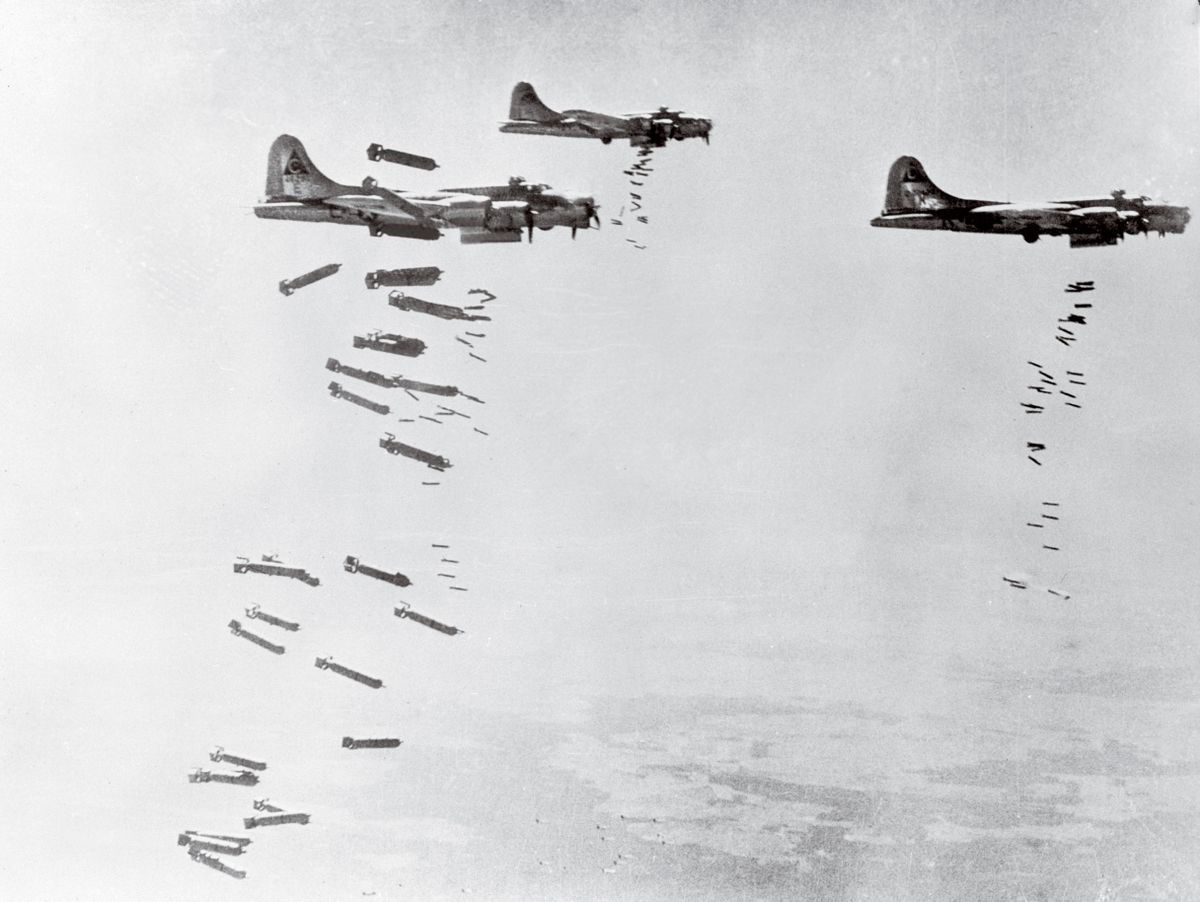- Joined
- Oct 11, 2010
- Messages
- 13,136
- Reaction score
- 8,162
- Age
- 61










Notice the Iron Cross ...Gen. Giovanni Messe (1883/1968) inspecting his troops of the CSIR (Corpo di Spedizione Italiano in Russia) during Operation Barbarossa.




